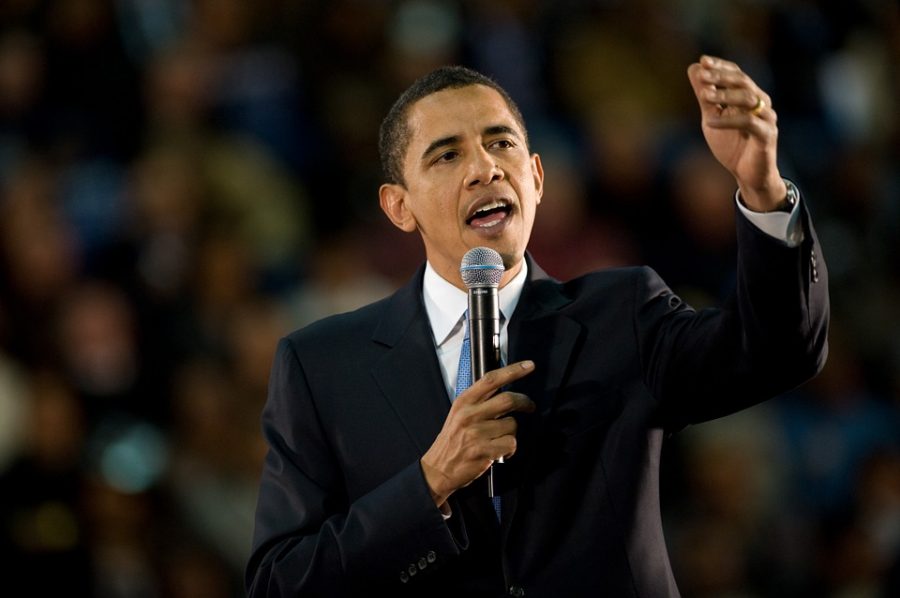Analysis: Accomplishments of 44th president
Photo via Google under Creative Commons license
Barack Obama was recently succeeded by Donald Trump.
January 26, 2017
Barack Obama’s presidency ended on Jan. 20 with the inauguration of president-elect Donald Trump. However, it is still worth looking at and acknowledging some of the bigger accomplishments of President Barack Obama over the past eight years.
Through the Affordable Care Act, also known as Obamacare, or the ACA, Obama accomplished his goal of decreasing the number of people without health insurance from over 20 percent (63.78 million Americans) when he signed it into law early 2010, down to 9 percent (29 million Americans) as of May 2016, according to Lara Cooper of The Financial Times. Perhaps the most notable provision of the ACA would be eliminating difficulties regarding pre-existing conditions; in the system before the ACA, insurance companies could refuse to cover expenses if a patient had any known health conditions before signing up with said insurance companies.
On May 23, 2012, Mitt Romney promised in a debate to bring unemployment down from 8.1 percent to 6 percent by the end of his first term. The current unemployment rate as of November 2016 was 4.6 percent, according to the most recent Bureau of Labor Statistics ‘Economic News Release.’ Obama has persistently assisted the middle class and small businesses by cutting small business taxes on 18 separate occasions and the middle class on three separate occasions, in his first term alone.
One of the more recent and less spoken of actions has been expanding overtime pay for salaried workers from $455/week ($ 23,660/year) to $913/week ($47,476/year) in mid-May of 2016 via executive order. For a president when pitched against a congress that is against raising the minimum wage, these workers for the most part were already working overtime, just without pay. According to Lydia Wheeler of The Hill, approximately 4.2 million more workers will be eligible for overtime pay, under the rule.
To further push the envelope, he raised the minimum wage of federal contractors to $10.10/hour on Feb. 12, 2014 via executive order. The National Employment Law Project surveyed that before the order, 75 percent of contractors for food, truck goods, janitorial services, and those who manufacture military uniforms– all earned less than $10/hour. This action, which Timesunion calculates to affect roughly 29 million workers, also required contractors to allow workers paid sick days, as well as banning discrimination against LGBT workers.
In addition to workers, the stock market also benefited during Obama’s two terms. Not only did the market return to where it was before The Great Recession months into his second term, but it has held steady. Private sector job growth saw a massive spike as well, with the creation of 15.6 million private sector jobs from February 2008 to November 2016.
There is an argument for the claim that Obama’s presidency will be defined by the stemming, mending, and surpassing of the economic crisis that was the Great Recession, which he inherited as president. He also inherited an annual budget deficit, or the amount of money that the United States has to borrow to complete the annual budget, of $1.4 trillion in 2009, down more than half to $600 billion last year. Part of the reason for the Recession was the repeal of Glass-Steagall Act in 1999, which kept commercial banks from making risky investments; to remedy this, Obama helped construct the Dodd-Frank Act of 2010. While it does contain certain loopholes, it does a better job of banking regulation than none at all.


